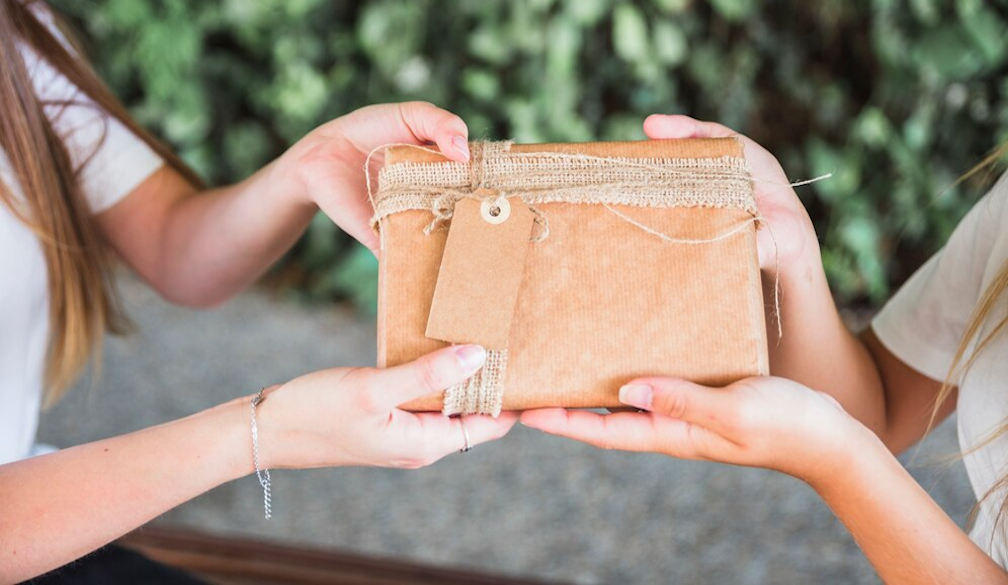Eco-Friendly Packaging: A Sustainable Solution for the Future

In today’s environmentally conscious world, businesses and consumers alike are seeking innovative ways to reduce waste and minimize their carbon footprint. One of the most impactful changes emerging from this trend is the shift toward eco-friendly packaging. From paper-based alternatives to compostable materials, sustainable packaging solutions are transforming industries and aligning business practices with environmental goals. But what exactly is eco-friendly packaging, and why is it so vital for the future?
Understanding Eco-Friendly Packaging
Eco-friendly packaging refers to materials and methods designed to have minimal impact on the environment. Unlike traditional packaging—often made from plastic or other non-renewable resources—sustainable packaging focuses on recyclability, biodegradability, and reducing overall waste.
Key characteristics of eco-friendly packaging include:
- Renewable Resources: Materials sourced from sustainable forests or plant-based ingredients.
- Biodegradability: The ability to decompose naturally without harming ecosystems.
- Recyclability: Designs that enable reuse or easy recycling.
- Energy Efficiency: Manufacturing processes that consume less energy and produce fewer emissions.
Why Eco-Friendly Packaging Matters
1. Reducing Plastic Pollution
The statistics around plastic waste are staggering. According to the United Nations, more than 300 million tons of plastic are produced annually, with a significant portion ending up in landfills or the ocean. Eco-friendly alternatives, such as paper, bamboo, or compostable bioplastics, offer a way to curb this escalating problem.
2. Mitigating Climate Change
The production of conventional packaging materials—especially plastic—relies heavily on fossil fuels. This contributes significantly to greenhouse gas emissions. Eco-friendly packaging reduces reliance on non-renewable resources, offering a cleaner and greener alternative that helps combat climate change.
3. Meeting Consumer Demand
Modern consumers are more environmentally conscious than ever. A survey by Nielsen found that 73% of global consumers are willing to change their purchasing habits to reduce environmental impact. By adopting sustainable packaging, businesses can attract eco-conscious customers and enhance brand loyalty.
4. Regulatory Compliance
Governments worldwide are implementing stricter regulations to address waste management and environmental protection. From bans on single-use plastics to incentives for green initiatives, eco-friendly packaging helps businesses stay ahead of compliance requirements.
Types of Eco-Friendly Packaging Materials
- Recycled Paper and Cardboard
- Widely used for boxes, bags, and wrapping materials.
- Easily recyclable and biodegradable.
- Sourced from post-consumer waste, reducing the need for virgin resources.
- Biodegradable Plastics
- Made from natural materials like cornstarch or sugarcane.
- Breaks down naturally over time without releasing harmful toxins.
- Ideal for food packaging and disposable items.
- Plant-Based Materials
- Includes bamboo, hemp, and palm leaves.
- Strong and durable, making them suitable for various packaging needs.
- Fully compostable and renewable.
- Glass
- 100% recyclable and can be reused indefinitely.
- Commonly used for food jars, beverage bottles, and cosmetics.
- Metal (Aluminum and Tin)
- Durable and infinitely recyclable.
- Perfect for canned goods, beverages, and other durable packaging requirements.
- Mushroom Packaging
- Made from agricultural waste and mycelium (fungal roots).
- Fully compostable and an excellent alternative to Styrofoam.
Benefits for Businesses
Adopting eco-friendly packaging doesn’t just benefit the environment—it can also drive business success in several ways:
- Cost Savings
- While sustainable materials might seem more expensive upfront, long-term savings are often realized through reduced waste disposal costs and improved operational efficiencies.
- Brand Differentiation
- Standing out in a crowded market is crucial. Eco-friendly packaging signals responsibility and innovation, helping brands gain a competitive edge.
- Attracting Investors
- Many investors prioritize sustainability when evaluating companies. Businesses that demonstrate environmental commitment can attract funding and partnerships.
- Customer Loyalty
- Consumers are more likely to support brands that align with their values, fostering stronger relationships and repeat business.
- Consumers are more likely to support brands that align with their values, fostering stronger relationships and repeat business.
Challenges of Eco-Friendly Packaging
Despite its numerous advantages, transitioning to sustainable packaging comes with challenges:
- Higher Initial Costs
- Some eco-friendly materials are more expensive to source and produce compared to traditional options.
- Limited Availability
- Certain sustainable materials may not be readily available in all regions, affecting supply chains.
- Durability Concerns
- Biodegradable or compostable options may not always match the strength and durability of conventional materials.
- Consumer Education
- Educating consumers on proper disposal and recycling practices is essential to maximize the benefits of eco-friendly packaging.
- Educating consumers on proper disposal and recycling practices is essential to maximize the benefits of eco-friendly packaging.
Innovations in Sustainable Packaging
The packaging industry is evolving rapidly, with exciting innovations on the horizon:
- Edible Packaging: Products like seaweed-based wraps or rice paper that can be consumed along with the packaged food.
- Smart Packaging: Integrating technology to extend shelf life and reduce waste.
- Zero-Waste Designs: Packaging that can be fully reused or repurposed, minimizing environmental impact.
How to Implement Eco-Friendly Packaging
For businesses looking to adopt sustainable packaging, here are actionable steps:
- Assess Your Needs: Identify areas where traditional packaging can be replaced with eco-friendly alternatives.
- Partner with Reliable Suppliers: Work with manufacturers specializing in sustainable materials.
- Educate Your Team: Train employees on the benefits and use of eco-friendly packaging.
- Communicate with Consumers: Highlight your efforts through marketing campaigns and product labelling.
- Monitor and Optimize: Continuously evaluate the effectiveness of your packaging strategy and make adjustments as needed.
Conclusion
Eco-friendly packaging is more than just a trend—it’s a critical step toward a sustainable future. By adopting sustainable materials and practices, businesses can reduce their environmental impact, meet consumer expectations, and stay ahead of regulatory demands. Whether you’re a large corporation or a small business, embracing eco-friendly packaging is an investment in the planet and a commitment to responsible growth.





